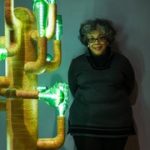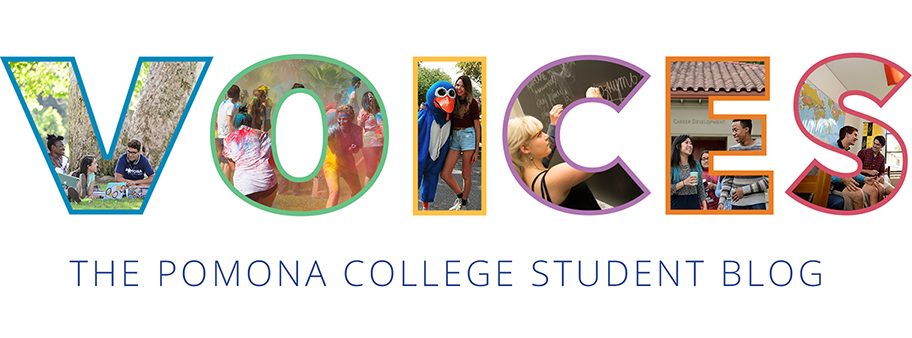By Toran Langford ’21
First of all, no college has the perfect recipe for racial/ethnic relations. But, at the Claremont Colleges, there are support systems for students of the African Diaspora. Specifically, in my experience, the administration is happy to make adaptations to accommodate concerns. In regards to race-based concerns, Pomona has promised to increase mental health resources and other resources. For students of color, Pomona’s Students of Color Alliance is available, as well as the Claremont Consortium’s Office of Black Student Affairs (OBSA), Asian American Resource Center (AARC), Chicano Latino Student Affairs (CLSA), Multi Ethnic and Racial Group Experience (MERGE), and many more.

That was merely an introduction of resources. This post is also centered on the relationship between the arts and race. In an article called “Black Artists and the March Into the Museum,” Randy Kennedy discusses the changes made by American museums to reflect more black artists. “’There was a joke for a long time that if you went into a museum, you’d think America had only two black artists — Jacob Lawrence and Romare Bearden — and even then, you wouldn’t see very much’, said Lowery Stokes Sims, the first African-American curator at the Metropolitan Museum of Art and later the president of the Studio Museum in Harlem. ‘I think there is a sea change finally happening. It’s not happening everywhere, and there’s still a long way to go, but there’s momentum.’”
This semester, there have been many opportunities for students of color at the Claremont Colleges to get involved in the arts. There was an Arts Excursion on October 2, co-sponsored by OBSA, Voices, Scripps Communities of Resources and Empowerment (SCORE) & “Art After Hours” at the Pomona College Museum of Art. We went to the neighboring city of Pomona and relaxed to poetry and music from A Mic & Dim Lights, one of the longest running open-mic and poetry readings in the country. They just recently celebrated their 17th anniversary. Spaces like these create opportunities for people of all types to embrace a safe environment for expression.  Also, on October 12, the Pomona College Museum of Art “Art After Hours” partnered with A Mic & Dim Lights to host their own Open Mic session on campus. There was a spoken word and creative writing workshop with famous poet Joaquin Zihuatanejo. This time it was co-sponsored by OBSA, CLSA, AARC, and the Queer Resource Center (QRC), and anyone was able to participate (write, perform, and listen).
Also, on October 12, the Pomona College Museum of Art “Art After Hours” partnered with A Mic & Dim Lights to host their own Open Mic session on campus. There was a spoken word and creative writing workshop with famous poet Joaquin Zihuatanejo. This time it was co-sponsored by OBSA, CLSA, AARC, and the Queer Resource Center (QRC), and anyone was able to participate (write, perform, and listen).
Finally, the mission of organizations like OBSA, AARC, etc. is to dedicate themselves to giving support and resources for students of color. Students of color need to feel safe and welcome in their communities. That’s what the 7C’s are all about: we have a sense of community. But, like I said before, we’re not—and no college is—perfect.
